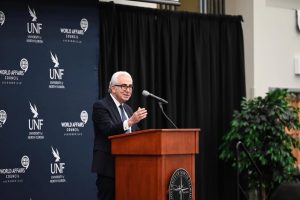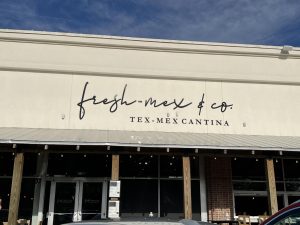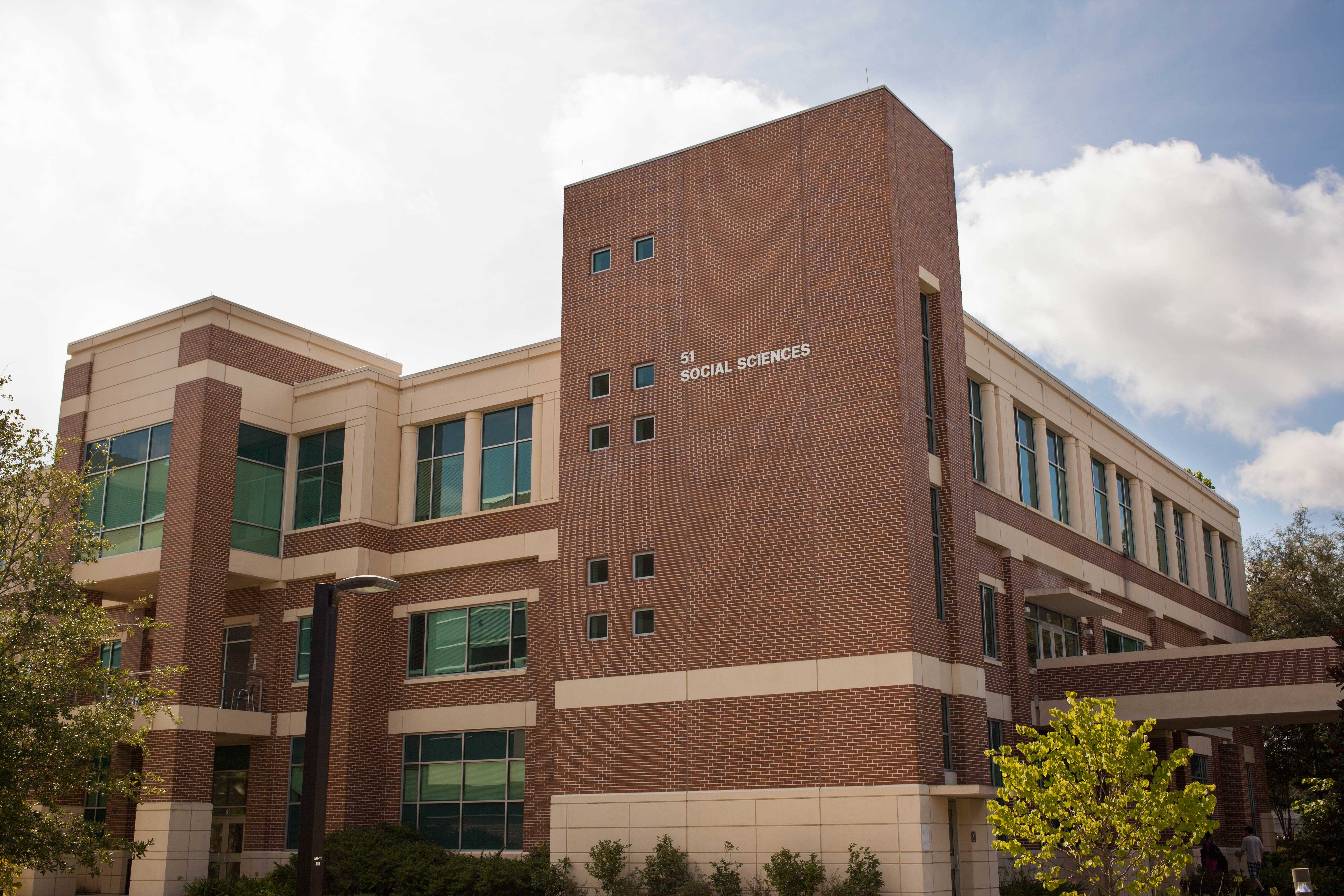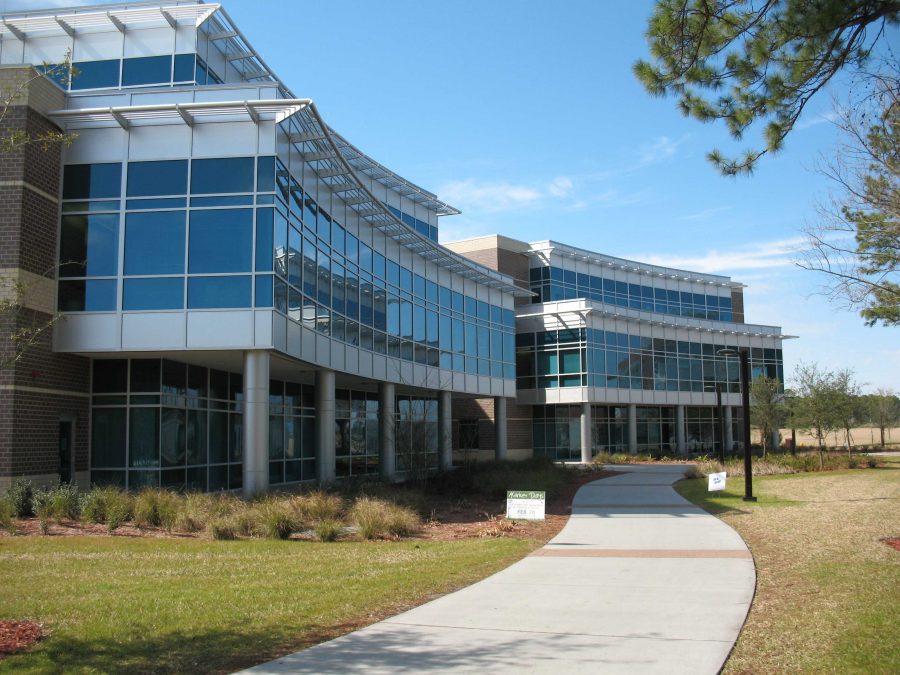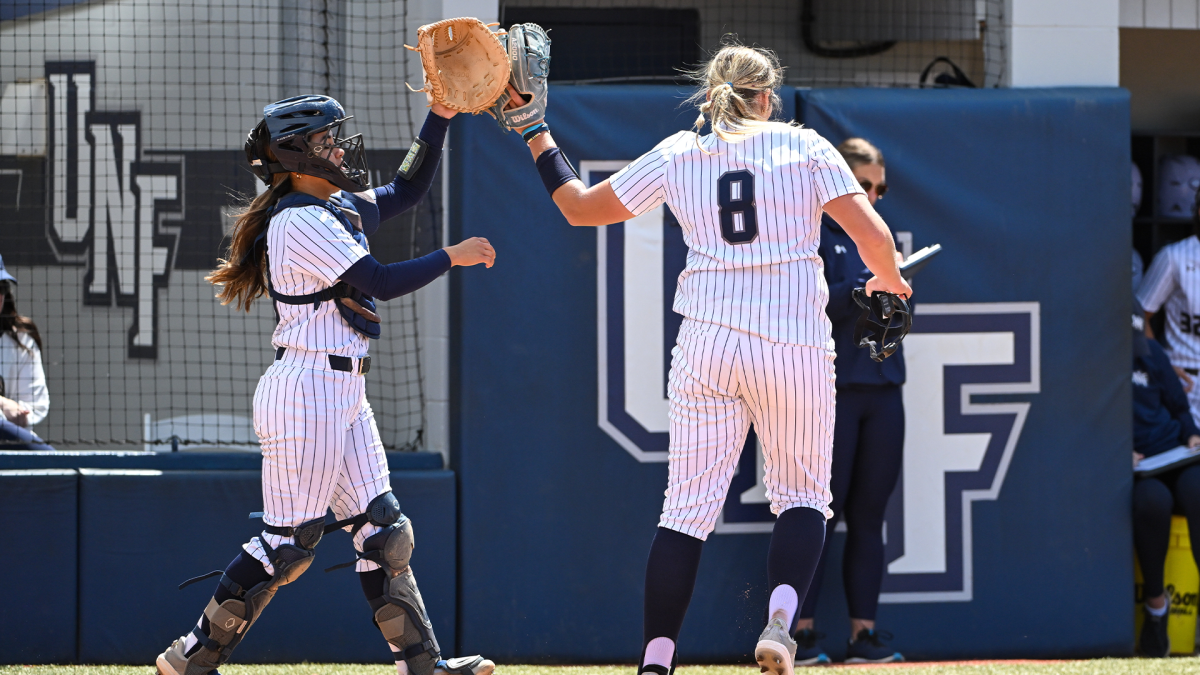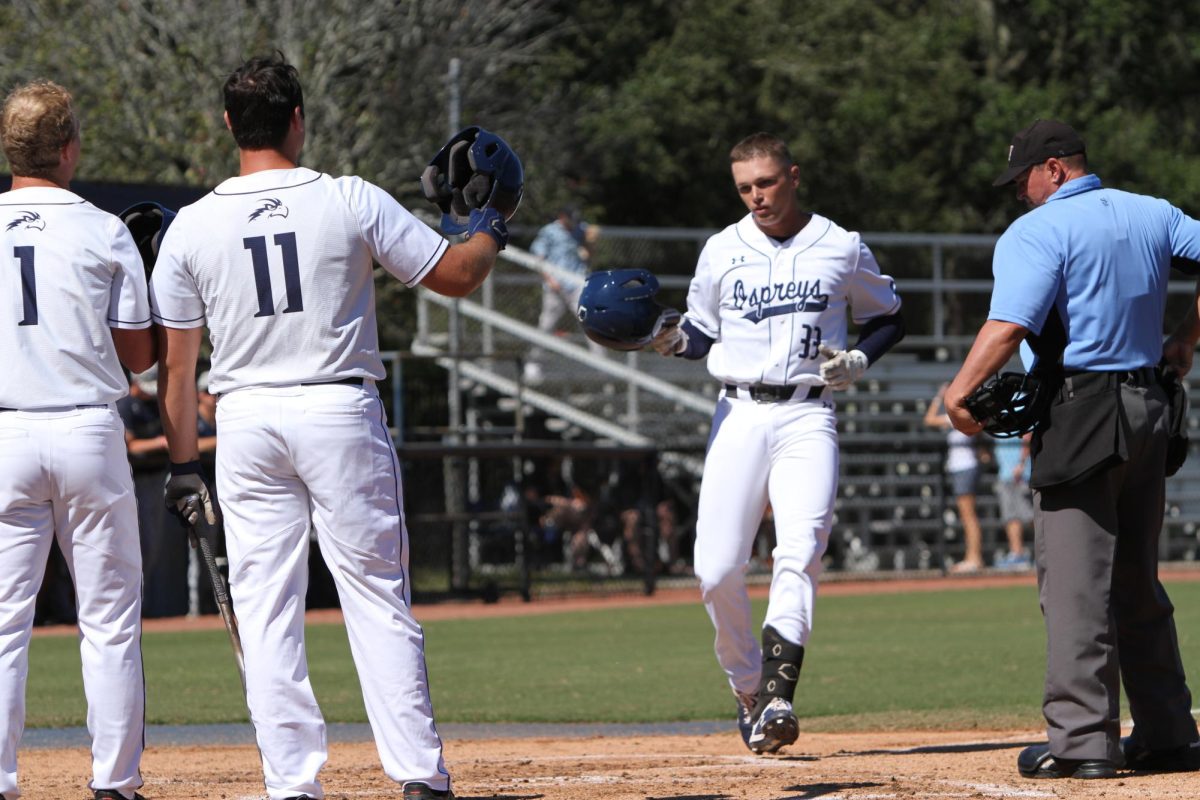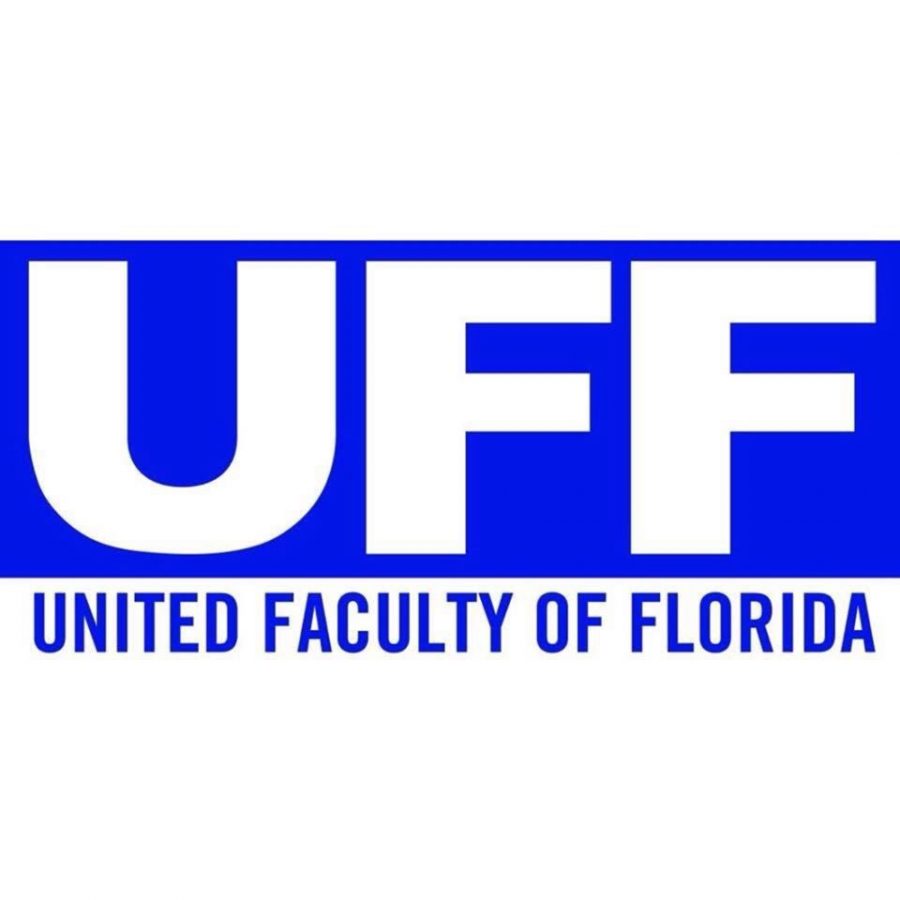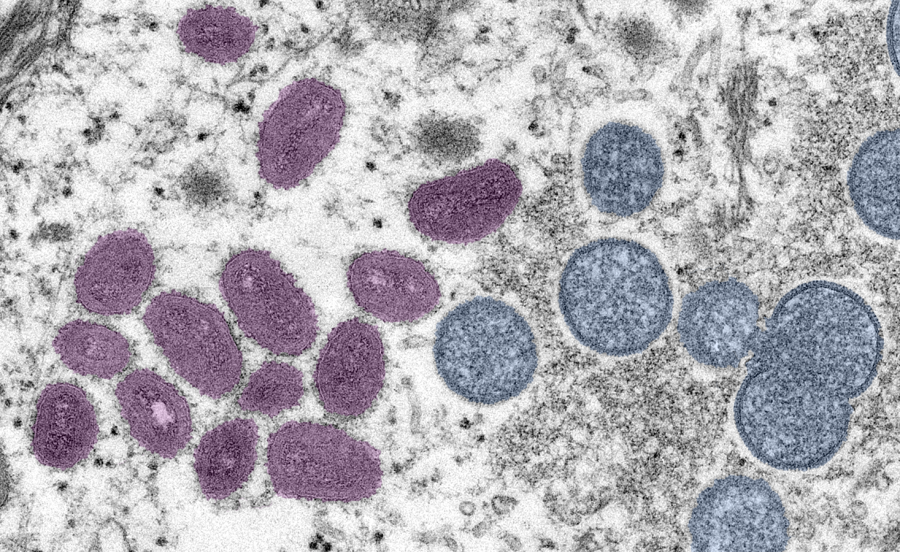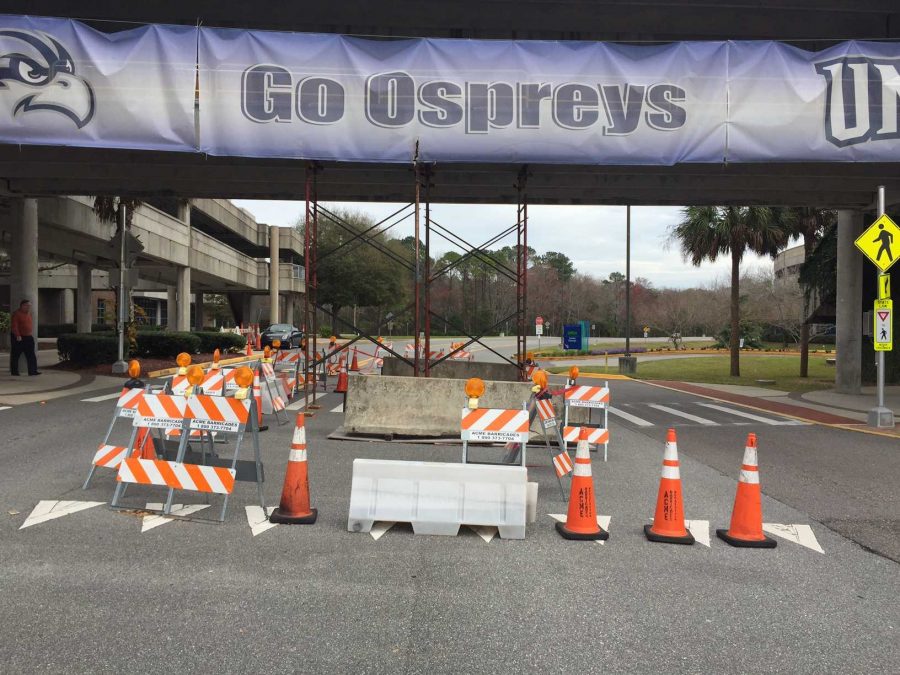Wall Street’s investment bank giants are failing due to poor business practices; they became over-leveraged with Mortgage-Backed Securities and under-capitalized due to capricious lending practices.
The Republicans’ blame the Wall Street criminals, Democrats blame the free-market and deregulation while the Federal Reserve is screaming that these banks are too large to fail.
This is the current state of America’s largest financial institutions.
Underlying reasons aside – government intervention in free-markets – the willingness of the ruling elite to continue their policies of economic intervention will only further put America in the red.
As it stands now, the American tax payers are on the line for $85 billion to AIG, $4 billion to IndyMac, $29 billion to Bear Stern and up to $4.5 trillion to Fannie Mae and Freddie Mac.
Not to mention, the failure of Merrill Lynch and Lehman Brothers and the immediate liquidity problems facing Washington Mutual and Goldman Sachs.
To say Congress and the President are not responsible would be quite the understatement, but regardless of recent events, it is the entire monetary system that is at fault.
When currency is backed by nothing more than the assumed debt against the GDP, it becomes alluring for the government to simply expand credit – print more money.
The larger the money supply in circulation, the lower each dollar’s purchasing power is.
When combined with the powers of the Federal Reserve’s key-interest rate loans to financial institutions, the problem becomes glaringly obvious.
The Fed’s key-interest rate is currently an extremely artificial low – 2 percent – when money is that cheap it would be doing a bank’s investors a disservice by not taking advantage of the situation.
When bank’s loan money they receive at such a discount, it becomes a race to see who can loan money the fastest and to the most people, lending standards and stable business practices notwithstanding.
Eventually, banks, the government and the mortgage holders become over-leveraged and the artificial housing bubble bursts.
The overarching theme: the government believes in can become a central economic planner, and manage not only money supply and interest rates, but even more micro-economic policies of bundled mortgage lending.
It was government intervention in the monetary system that allowed the dollar to cheapen, it was government intervention in lending practices that made current interest rates extremely low and it was government intervention that allows banks to engage in fractional reserve banking.
Regardless of whatever tinkering the Republicans and Democrats want to do on the surface, until the fundamentals of America’s fiat monetary policies are addressed, it does little to argue about which form of government regulation or intervention should the US be engaged in.



